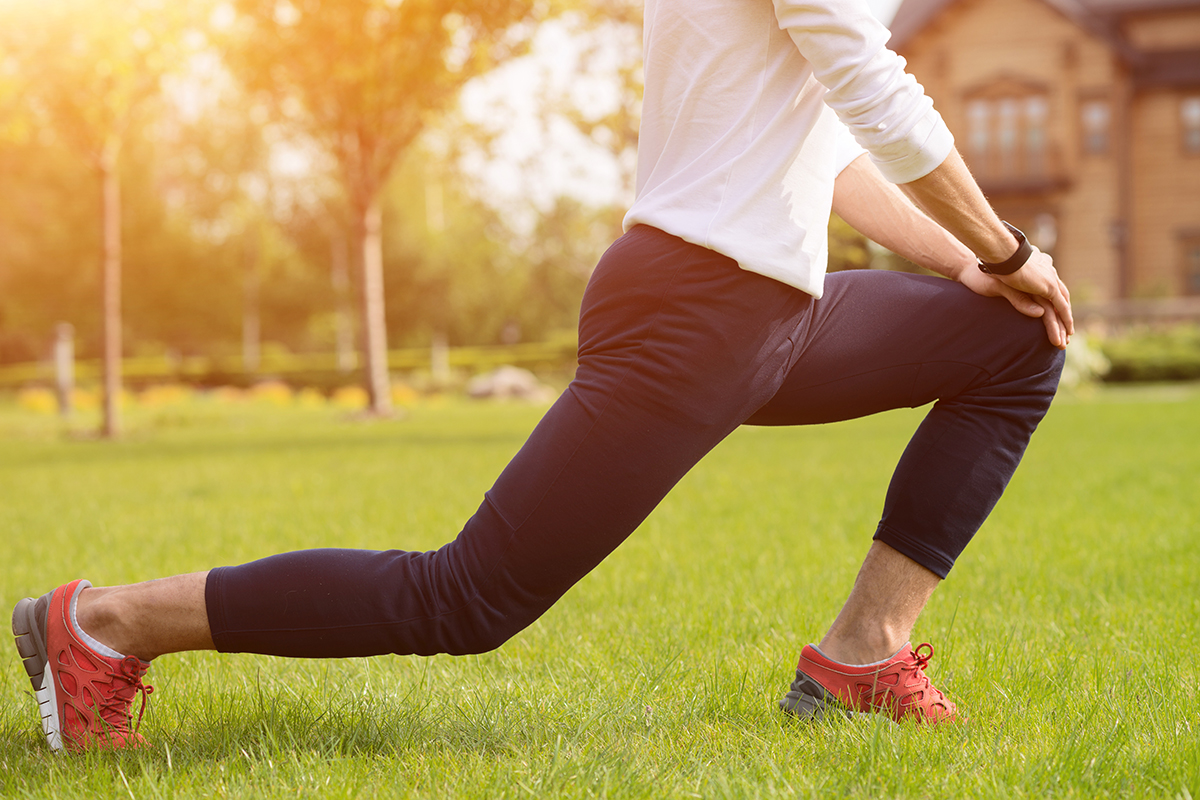Living with Knee Osteoarthritis: What You Need to Know

What is Knee Osteoarthritis?
Knee osteoarthritis (KOA) is a chronic, progressive condition that affects the entire knee joint. IIt occurs when the cartilage—the cushion between the bones—gradually wears away. The loss doesn’t happen overnight, but as it worsens, everyday movements like walking, bending, or standing become increasingly painful.
KOA can interfere with daily life in surprising ways. Tasks like standing in line, walking across a parking lot, or picking something up from the floor may become difficult. Many patients find themselves giving up hobbies, travel, and even social activities. Over time, the loss of mobility and independence can lead to depression, which in turn may intensify the sensation of pain. (Source: Depression in patients with knee osteoarthritis: risk factors and associations with joint symptoms | BMC Musculoskeletal Disorders | Full Text (biomedcentral.com))
What Causes KOA?
KOA is caused by two types of factors. “Inherent risk factors” are those things we can’t change. These include aging, genetics and hormonal changes. “Individual risk factors” are things that are influenced by lifestyle and health. These include diet, obesity, injury, inflammation, metabolic disease, etc. Any given patient can have several different risk factors that contribute to their illness.
These factors often interact in a cycle that worsens the condition:
- Pain leads to less movement.
- Less movement weakens muscles and may lead to weight gain.
- Weaker muscles and added weight increase pressure on the joint.
- More pressure causes more pain.
This cycle can repeat and intensify over time. In addition to mechanical stress, biochemical and psychological factors—like inflammation and depression—also contribute to the progression of KOA.
Treatment options for KOA
While total knee replacement is sometimes necessary, it’s usually a last resort. Many patients benefit from earlier interventions such as:
- Injections, including corticosteroids and hyaluronic acid, to reduce pain and improve joint lubrication.
- Medications to manage pain and inflammation.
- Physical therapy to improve strength and mobility.
Natural ways to manage koa
Lifestyle changes can play a powerful role in managing KOA and may even help delay the need for medical procedures:
- Weight loss. This helps relieve the load on the joint.
- Balance training. This helps prevents falls, which may injure the joint as uncontrolled movement places excessive loads on it. An example would be falling and trying to catch yourself with a knee that is twisted out to the side.
- Good nutrition. This gives the body the raw materials to create healthy tissue everywhere, including at the knee joint.
- Exercise. Moderate exercise strengthens muscles, improves mobility, and reduces inflammation.
Moderate Exercise and KOA
When research first began, the role of exercise in KOA was the source of some confusion. Early studies looked at the effect of exercise on the knees of competitive athletes. These studies showed that exercise made KOA worse. This was true but misleading. Most people aren’t competitive athletes. When researchers began to look at the benefits of moderate exercise, they found something quite different. They discovered that moderate exercise actually helps prevent or at least slow the progression of KOA. Effects of exercise on knee osteoarthritis: A systematic review – PubMed (nih.gov)
Moderate exercise has many positive benefits for KOA:
- By strengthening the muscles exercise helps take some of the load off of the joint in general.
- By increasing our awareness of the position of our body at any given time, as well as strengthening muscles, exercise decreases the risk of falls. A fall can cause a person to twist the joint, putting weight on it from an uncontrolled angle, so that the load on the joint is briefly but dramatically, increased. Injury to the joint can contribute to KOA.
- It helps decrease inflammation in the joint. Inflammation contributes to KOA.
- It helps patients lose weight, which also helps decrease the load on the joint.
- It helps prevent metabolic syndrome, which makes KOA worse.
Which Exercises Help? Which Exercises Hurt?
There is no “one and only” type of exercise for KOA because different types of exercise change the body in different ways. Here are a few examples:
- Over time, KOA limits the range of motion of the knee. Stretching exercises help patients preserve their range of motion.
- Exercises to improve balance (balance training) help prevent falls and the injuries that follow. Exercises that help us maintain our awareness of self-movement, body position and force (proprioception exercises), do the same thing. Surprisingly enough, walking backwards is a proprioception exercise.
- Strength training exercises help build up the muscles around the knee joint, thus helping to reduce the load on the joint.
- Aerobic exercises help improve cardiovascular function, which helps prevent or improve metabolic syndrome, a chronic disease that makes KOA worse. Aerobic exercise also helps lubricate the joint and keep it mobile.
When exercising for KOA, some types of exercises should be avoided.
- Don’t engage in exercises that involve twisting the knees or coming to an abrupt stop. This would include basketball, volleyball and skiing.
- Don’t engage in exercises that put an undue load on the joint. This includes lunges, deep squats and jumping.
- Don’t try to be a competitive athlete. Too much exercise can be worse than too little.
Orthopedics & Rheumatology
At Rush Memorial Hospital, patients with KOA benefit from a collaborative approach between RMH Orthopedics and RMH Rheumatology. Orthopedic specialists focus on structural and surgical solutions, while rheumatologists manage inflammation and chronic joint conditions through non-surgical treatments.
Whether you’re just starting to experience symptoms or exploring advanced treatment options, RMH is here to help you move better, feel better, and live better.
